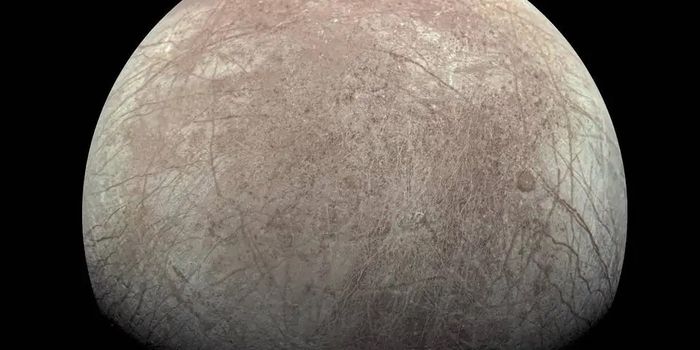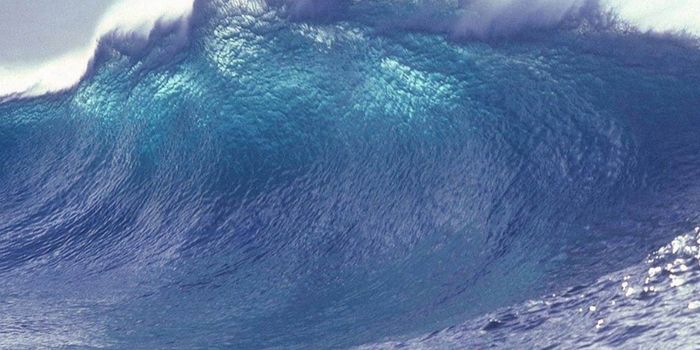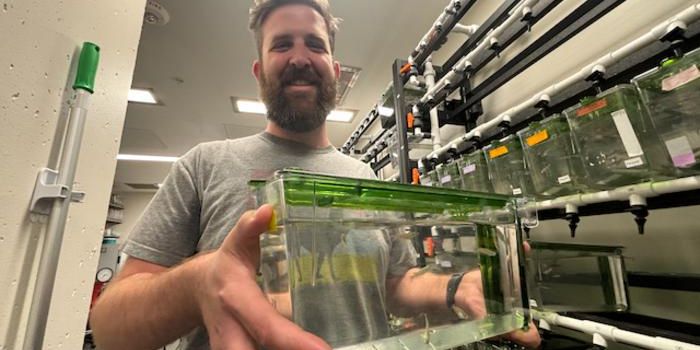Melting Ice, Murky Waters: Understanding Arctic Ocean Changes
How can murky waters from melting ice impact the biodiversity in shallow waters? This is what a recent study published in the Proceedings of the National Academy of Sciences hopes to address as a team of almost two dozen international researchers investigated how melting ice in the northern latitudes could result in dirtying the waters of the Arctic Ocean, leading to decreased sunlight for organisms that rely on photosynthesis for survival, specifically seagrasses, seaweeds, and microalgae. This study holds the potential to help scientists better understand the long-term effects of climate change on marine life.
For the study, the researchers combined past research with computer models based on two decades of satellite data with the goal of ascertaining the amount of sunlight that shallow depths of the Arctic Ocean seafloor have received in the past, present, and will receive in the future from ice melting due to climate change. In the end, the researchers found that while some locations received increased levels of sunlight due to the loss of ice, other locations received decreased levels of sunlight. They attribute this to increased murkiness in the water from river runoff resulting from the melting ice, as the rivers carry sediments and other land-based materials into the waters, thus blocking sunlight from reaching photosynthetic marine life on the shallow seafloor.
Image of murky water resulting from ice melt in northeast Greenland. (Credit: Karl Attard, University of Southern Denmark)
“Sunlight reaching the ice-free ocean is rapidly absorbed by phytoplankton, sediments, and dissolved substances in the water, preventing much of the sun’s rays from reaching the seafloor," said Dr. Karl Attard, who is a marine scientist and assistant professor in the Department of Biology at the University of Southern Denmark and lead author of the study. "Our models predict increases in primary production in some regions but not in others, even though all these regions are now ice-free and receive sunlight at the ocean surface."
While this study was focused on melting ice in Greenland and Canada, it comes as climate change continues to ravage the planet, with scientists predicting that sea level rise between 2020 and 2050 will match the same levels exhibited between 1920 and 2020.
What new discoveries will researchers make about climate change and marine life in the coming years and decades? Only time will tell, and this is why we science!
As always, keep doing science & keep looking up!
Sources: Proceedings of the National Academy of Sciences, EurekAlert!, University of Southern Denmark, National Snow and Ice Data Center
-
MAY 07, 2024Is It Anti-RNP or Anti-Sm/RNP?
-
MAY 08, 2024Expand your Multiomic Capabilities with RNAscope™
- See More
-
APR 30, 2024Immuno-Oncology Virtual Event Series 2024
-
MAY 07, 20243rd International Biosecurity Virtual Symposium
-
MAY 23, 2024For the Love of Digital PCR 2024
- See More


















































